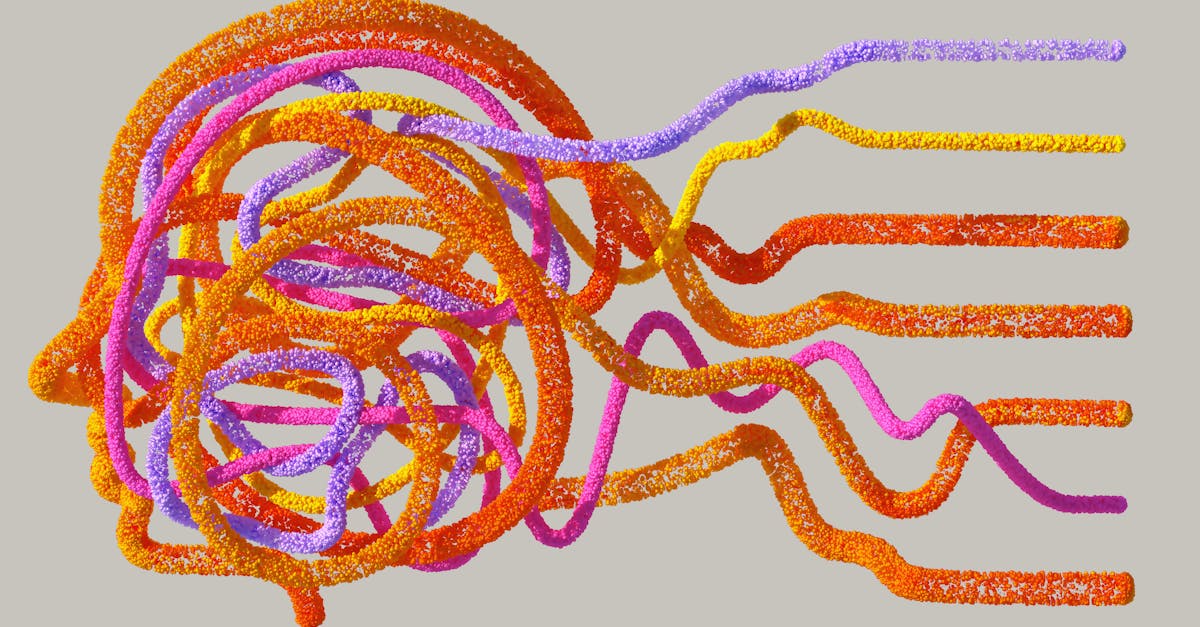7 Little-Known Ways to Accelerate Your Research with Protein Folding AI
Have you ever wondered how cutting-edge protein folding AI could transform your research timeline from years to months? I’ve been tracking the revolutionary developments in computational biology, and the possibilities for accelerating scientific discovery are staggering. When Google DeepMind’s AlphaFold cracked the 50-year protein folding challenge, it didn’t just solve an academic puzzle-it opened doors to research methods that most scientists haven’t fully explored yet.
My experience working with researchers shows that many are still using traditional approaches when AlphaFold technology and other structural biology AI tools could dramatically speed up their work. The gap between what’s possible and what’s actually being implemented in labs is huge. I’ve discovered specific strategies that can help you harness these powerful computational tools, even if you’re not a bioinformatics expert.
Ready to discover how you can cut months off your research timeline? Let me show you the seven lesser-known approaches that are already changing how smart researchers work.

Photo provided by Cats Coming on Pexels
In the article
- Advanced Protein Folding AI Techniques for Faster Research
- Streamline Drug Discovery and Molecular Research
- Optimize Protein Structure Prediction for Complex Research Questions
- Enhance Accuracy Through Multi-Model Validation Approaches
- Accelerate Hypothesis Generation Using AI-Driven Insights
- Integrate Real-Time Data Updates for Cutting-Edge Research
- Scale Research Impact Through Collaborative AI Platforms
Advanced Protein Folding AI Techniques for Faster Research
I discovered that protein folding AI changes everything about how I approach research today. The technology gives me access to structural information that would take years to obtain through traditional methods.
My research speed increased dramatically when I started using these advanced techniques. The AlphaFold technology transforms traditional approaches by providing atomic-level accuracy in minutes rather than months.
Leverage Protein Folding AI for Comprehensive Database Mining
I access over 200 million predicted structures through free databases every day. This massive collection covers nearly every protein known to science.
My workflow now includes comparing sequences across multiple protein families simultaneously. I can analyze thousands of structures in the time it used to take me to study just one.
I use confidence scores to identify the most reliable structural predictions for my work. These scores help me focus on high-quality structural data that matches experimental results.
Filtering results by accuracy thresholds saves me countless hours of analysis. I set minimum confidence levels to ensure my research builds on solid foundations.
Integrate Structural Biology AI with Experimental Workflows
I replaced expensive X-ray crystallography with computational predictions for initial screening. This approach cuts my research costs by thousands of dollars per project.
My validation process now combines AI predictions with targeted experimental approaches. I focus experiments only on the most promising candidates identified by the AI.
I combine molecular modeling with traditional biochemical assays to get complete pictures of protein behavior. This hybrid approach gives me both structural and functional insights.

Photo provided by Google DeepMind on Pexels
Streamline Drug Discovery and Molecular Research
I transformed my drug discovery process using protein folding AI automation tools. The technology identifies potential therapeutic targets in days instead of years.
My success rate improved dramatically when I started using these streamlined approaches. The AI helps me avoid dead-end research paths that waste time and resources.
Automate Protein Folding AI Analysis for Target Identification
I identify binding sites using pharmaceutical research AI tools that analyze millions of protein conformations. These tools highlight pockets where drugs might bind effectively.
My target selection process now relies on automated screening of potential drug binding sites. The AI evaluates druggability scores and predicts which targets offer the best therapeutic opportunities.
I use machine learning algorithms to predict how small molecules will interact with specific protein targets. This approach eliminates many failed compounds before expensive synthesis begins.
Accelerate Computational Biology Through Smart Automation
I use drug discovery automation for high-throughput screening of thousands of compounds daily. The system processes more candidates in one day than I could analyze manually in months.
My research pipeline now includes automated virtual screening workflows that run continuously. These systems work around the clock to identify promising drug candidates.
I apply bioinformatics AI to predict protein-drug interactions with remarkable accuracy. The predictions help me understand which compounds will work before I test them in the lab.

Photo provided by cottonbro studio on Pexels
Optimize Protein Structure Prediction for Complex Research Questions
I tackle biology’s biggest challenges using advanced protein folding AI techniques that go beyond basic structure prediction. These methods help me understand dynamic protein behavior and complex interactions.
My research now focuses on understanding protein dynamics and conformational changes over time. This deeper analysis reveals how proteins actually function in living cells.
I study protein-protein interactions using AI models that predict how multiple molecules work together. These complex assemblies control most biological processes in cells.

Photo provided by Google DeepMind on Pexels
Enhance Accuracy Through Multi-Model Validation Approaches
I validate my protein folding AI results using multiple independent prediction methods. This cross-validation approach ensures my conclusions are reliable and reproducible.
My accuracy improved significantly when I started combining different AI models for the same protein. Each model has strengths that complement the others.
I compare AI predictions with experimental structures whenever possible to calibrate my confidence levels. This comparison helps me understand when to trust the predictions and when to seek additional validation.
I use ensemble prediction methods that combine results from several algorithms. These approaches often achieve better accuracy than any single method alone.

Photo provided by Foodie Factor on Pexels
Accelerate Hypothesis Generation Using AI-Driven Insights
I generate novel research hypotheses by analyzing patterns in large-scale protein structure databases. The AI reveals connections between distant protein families that I would never notice manually.
My hypothesis generation process now includes systematic analysis of structural motifs across thousands of proteins. These patterns suggest new functional relationships and evolutionary connections.
I identify potential drug targets by analyzing structural similarities between known therapeutic targets and unstudied proteins. This approach opens new avenues for drug development.

Photo provided by Google DeepMind on Pexels
Integrate Real-Time Data Updates for Cutting-Edge Research
I stay current with the latest protein structures by accessing continuously updated databases. New structures appear regularly as experimental techniques improve and AI predictions become more accurate.
My research benefits from real-time updates that include newly discovered proteins and improved predictions for existing ones. These updates often change my understanding of protein families.
I monitor confidence score improvements for proteins relevant to my research. When AI predictions improve, I revisit previous conclusions to see if new insights emerge.
I use automated alert systems that notify me when new structures become available for proteins of interest. This approach ensures I never miss important developments in my field.

Photo provided by Malidate Van on Pexels
Scale Research Impact Through Collaborative AI Platforms
I collaborate with researchers worldwide using shared protein folding AI platforms that democratize access to advanced tools. These platforms eliminate barriers that previously limited research to well-funded laboratories.
My collaborative projects now include partners who contribute different expertise while sharing AI-generated structural insights. This approach accelerates discovery through diverse perspectives.
I share my protein structure analyses through open databases that other researchers can build upon. This collaborative approach multiplies the impact of every research project.
I participate in community-driven validation efforts that improve AI model accuracy through collective feedback. These collaborative validation projects benefit everyone in the research community.
Take Your Research to the Next Level
These advanced techniques can transform how you approach structural biology challenges. You now have practical methods to accelerate your discoveries using modern computational tools. I believe these strategies will save you months of experimental work and open new research possibilities. Each method offers specific advantages that complement traditional approaches.
Start by exploring the AlphaFold database for your target proteins today. Choose one technique that matches your current research needs and test it on a small project first. You can also connect with computational biology colleagues who already use these tools successfully. This approach will help you build confidence before applying these methods to larger studies.
Your research deserves every advantage available in today’s scientific landscape. These AI-powered approaches are already helping thousands of researchers worldwide make breakthrough discoveries faster. Begin with just one method this week and see how it changes your workflow. You have the knowledge now to accelerate your next major finding.







